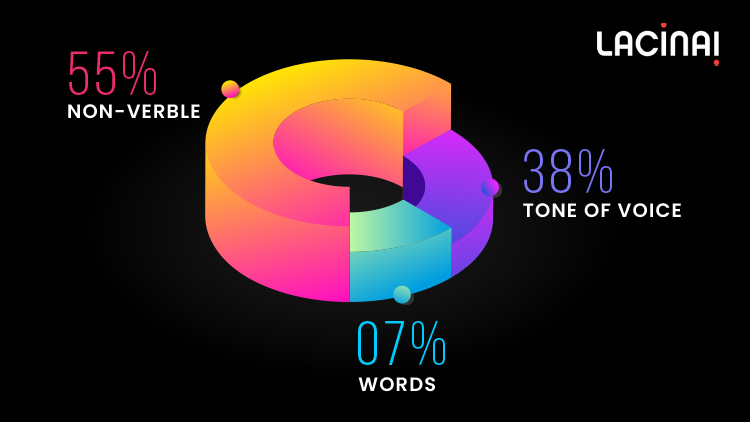By Team Antoni Explains
Effective communication is the cornerstone of successful collaboration in today’s dynamic workplaces. However, communication is not just about what we say—how we say it, and even what we don’t, plays a significant role. Verbal and non-verbal communication each serve distinct purposes in conveying messages. Understanding the strengths is essential for fostering clearer, more productive workplace interactions.

1. Verbal Communication
Verbal communication involves directly using spoken or written words to express ideas and information. It includes face-to-face conversations, phone calls, meetings, presentations, and emails.
Key Benefits of Verbal Communication:
- Clarity and Precision: Clear, concise words convey information, ensuring accurate communication of instructions and tasks.
- Immediate Feedback: In face-to-face interactions, verbal communication provides instant clarification through questions or elaborations.
- Documentation: “Emails and other forms of written communication provide a record of discussions, helping to prevent misinterpretations later.
Fact: According to a study by the International Journal of Business Communication, approximately 75% of communication in organizations is verbal, with employees spending 30-40% of their time talking in meetings, phone calls, or presentations.
2. Non-verbal communication
Non-verbal communication involves conveying messages without words, primarily through body language, facial expressions, gestures, tone of voice, and even silence. Often referred to as the “unspoken” element of conversation, non-verbal cues can sometimes express more than verbal messages.
Key Components:
- Body Language: Posture, stance, and movements can show whether someone is engaged, disinterested, or upset.
- Facial Expressions: Smiling, frowning, and other facial gestures convey emotions without a word.
- The tone of Voice: How something is said can be as important as what is said. The tone of voice conveys emotions like enthusiasm, frustration, or sarcasm.
- Eye Contact: Making or avoiding eye contact can signal confidence, attentiveness, or discomfort.
Statistics: Non-verbal communication is estimated to account for 55% of message reception, according to a study by Albert Mehrabian, a leading expert on non-verbal conversation. It emphasizes the importance of gestures, tone, and facial expressions in understanding messages.

3. Key Differences Between Verbal and Non-Verbal Communication
| Aspect | Verbal Communication | Non-Verbal Communication |
| Medium | Spoken or written words | Body language, gestures, tone |
| Clarity | More direct, detailed | Can be ambiguous, open to interpretation |
| Feedback | Immediate and clear | Requires interpretation, can be misread |
| Usage Context | Formal settings like meetings, emails | Informal cues during interactions |
| Record | Can be documented (e.g., emails) | No permanent record |
4. Combining Verbal and Non-Verbal conversation for Effectiveness
Effective workplace communication often involves a blend of verbal and non-verbal signals. A leader who gives clear instructions (verbal) while maintaining open body posture and steady eye contact (non-verbal) is likely to foster more engagement and trust among team members.
Examples:
- Team Meetings: While presenting, confident gestures and a calm tone of voice help reinforce your message.
- One-on-One Conversations: Maintaining eye contact and nodding while someone speaks shows active listening, even without saying a word.
5. Common Pitfalls of Misaligned Communication
Mismatches between verbal and non-verbal conversation can lead to confusion. For example, if a manager says “good job” with a flat tone and crossed arms, the message may be perceived as insincere. Understanding and aligning both communication methods can reduce misunderstandings.
Conclusion
Both verbal and non-verbal communication play integral roles in workplace interactions. Verbal conversation provides clarity, while non-verbal cues can convey emotions and underlying attitudes. To excel in the workplace, it’s important to be mindful of both and to ensure that the two work together harmoniously for maximum impact.




